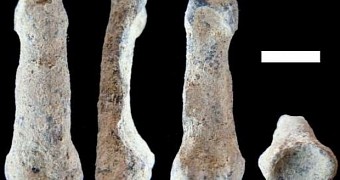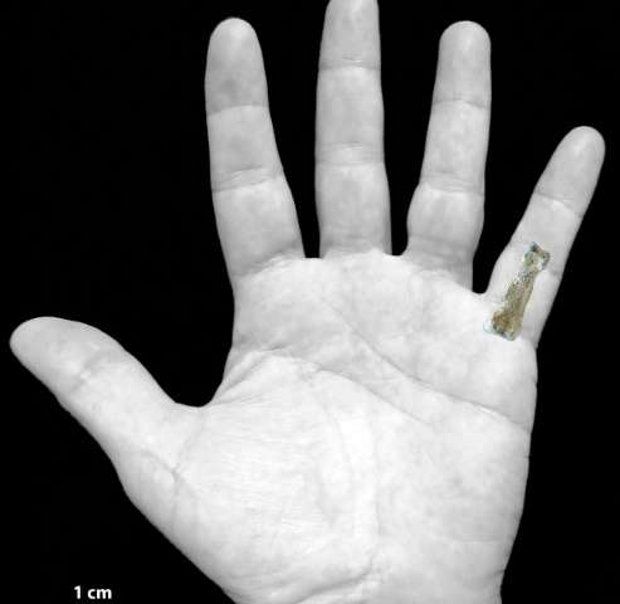A new study published in the journal Nature Communications describes a pinkie bone that scientists believe originates from the earliest anatomically modern hand.
The bone, shown in the photos accompanying this article, is believed to be nearly 2 million years old. It was discovered in East Africa and research has shown it comes from a previously undocumented hominin species.
What could be so special about a pinkie bone?
We're so used to them we don't even notice them any longer, but our hands are seriously complicated machineries. Together with our brain, they are the reason why, when compared to other species, we are extraordinarily gifted at making and using tools.
The reason scientists are so fascinated with the almost 2-million-year-old pinkie bone unearthed in East Africa is because this one remain is proof of a moment in time when our ancestors stopped climbing trees and foraging for food and began their career as skilled hunters.
“Modern humans are characterized by specialized hand morphology that is associated with advanced manipulative skills,” researchers write in their report in the journal Nature Communications.
What with this pinkie bone being the earliest fragment of a modern hand on record, this means that it was about 2 million years ago that the anatomy of our ancestors began to change so as to keep up with a newly found interest in manufacturing and using tools with accuracy.
The finger is surprisingly big, researchers say
This fossil specimen might count as the earliest evidence of an anatomically modern human hand on record, but the fact of the matter is it looks quite odd. Plainly put, it's a tad bigger than researchers expected.
As noted, the bone originates from a previously undocumented hominin species. Judging by its size - the bone measures 3.6 centimeters (1.5 inches) in length - scientists suspect that this newly discovered hominin species was too quite imposing.
“Our discovery not only shows that a creature [i.e. OH 86] with a modern-looking hand existed 1.85 million years ago, it also shows that OH 86 was bigger sized than any other prior and contemporary hominin,” said researcher Dominguez-Rodrigo in a statement.

 14 DAY TRIAL //
14 DAY TRIAL // 

